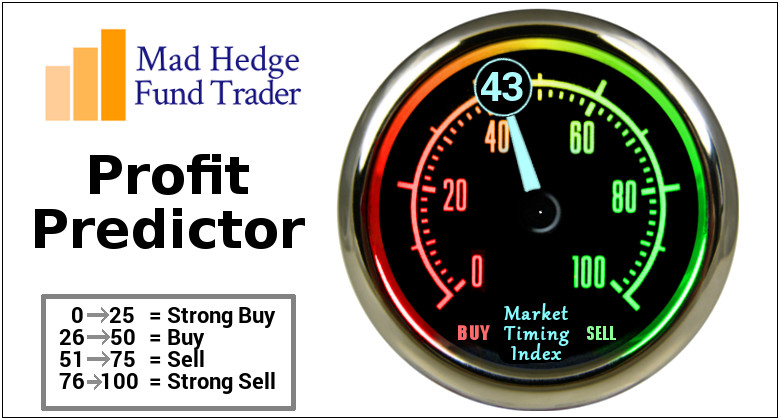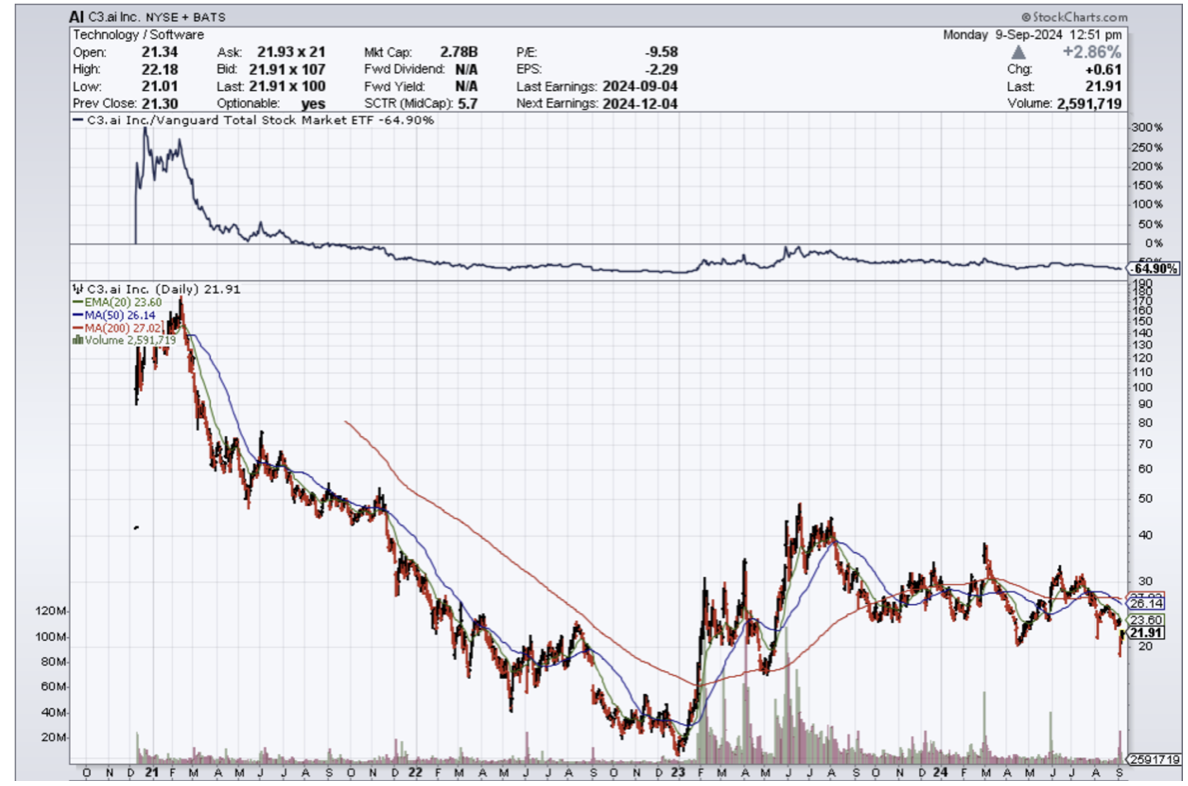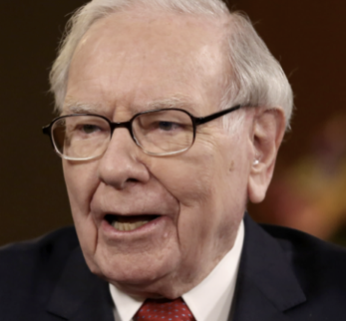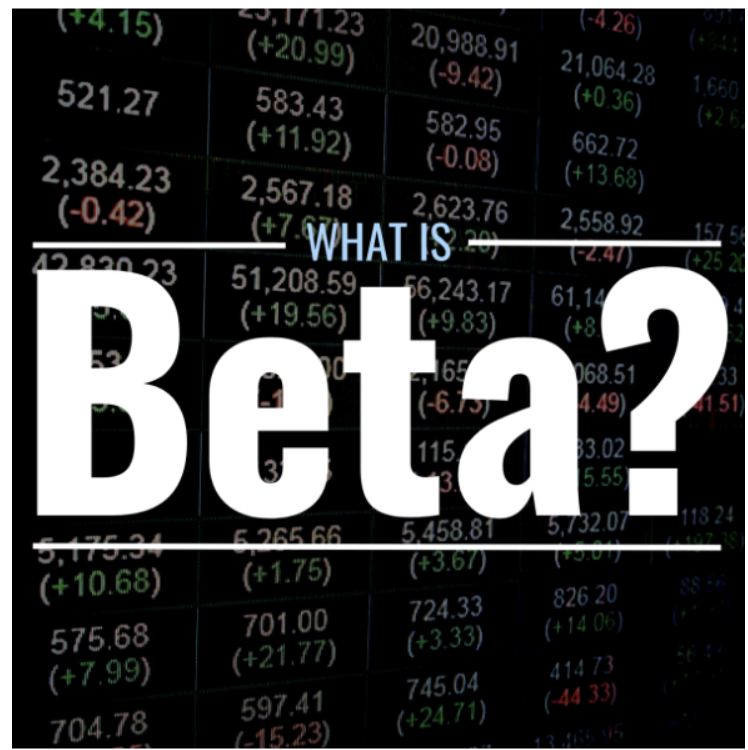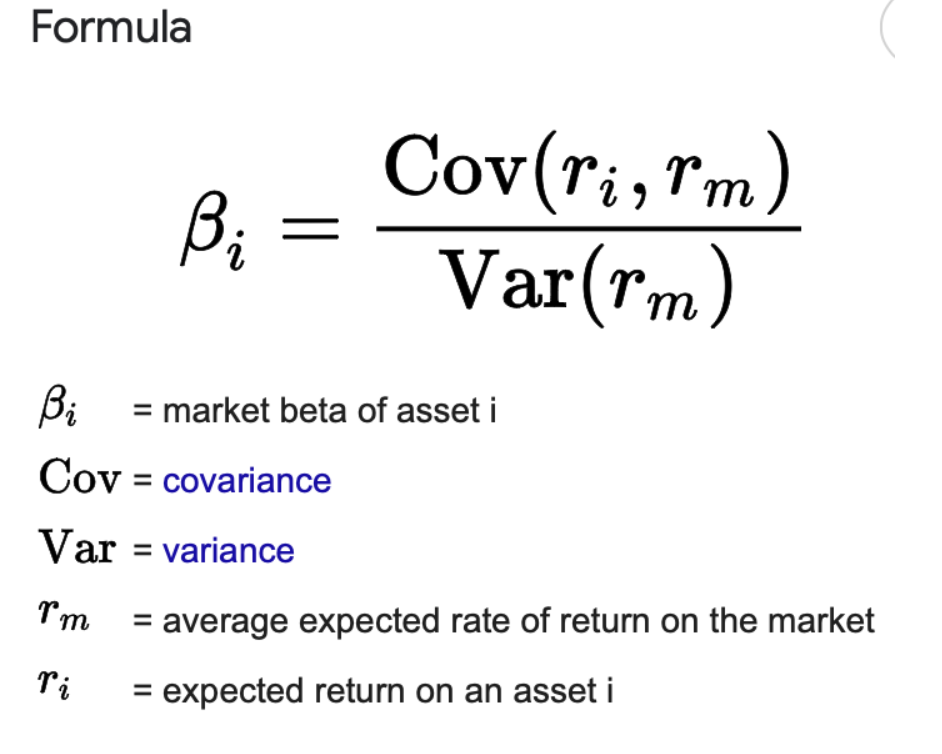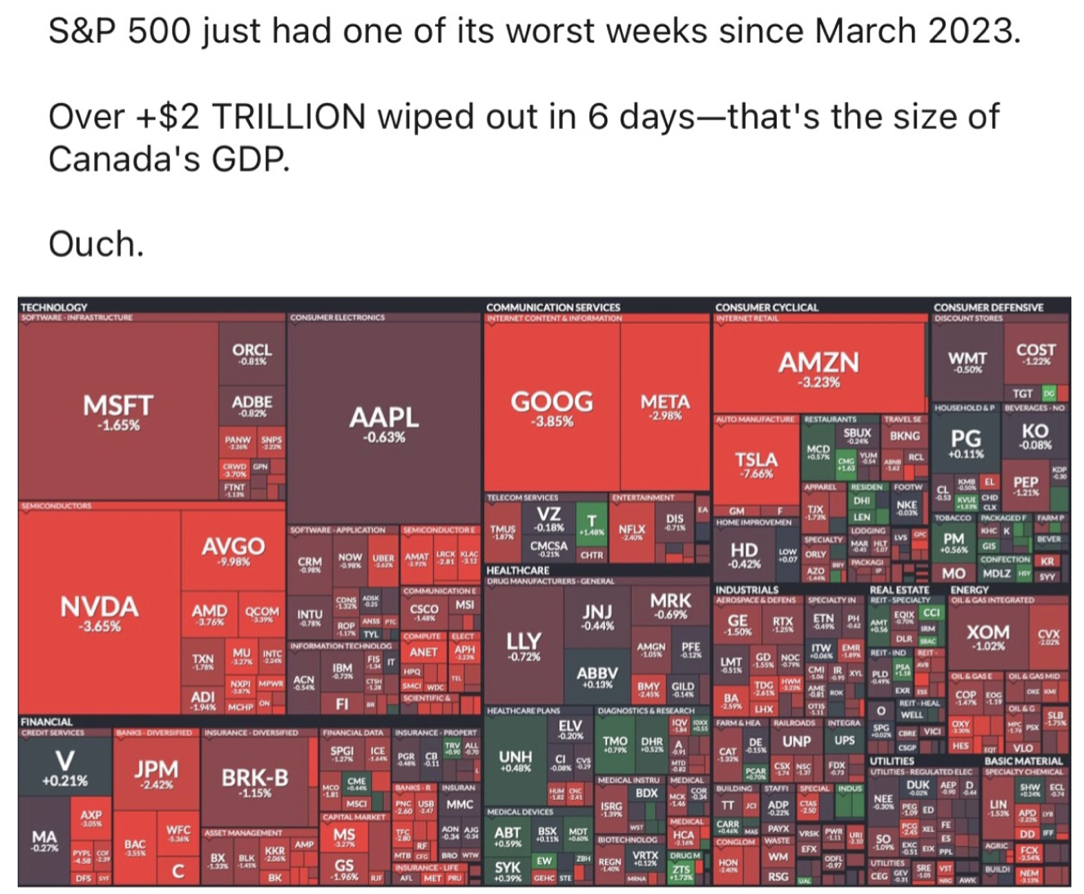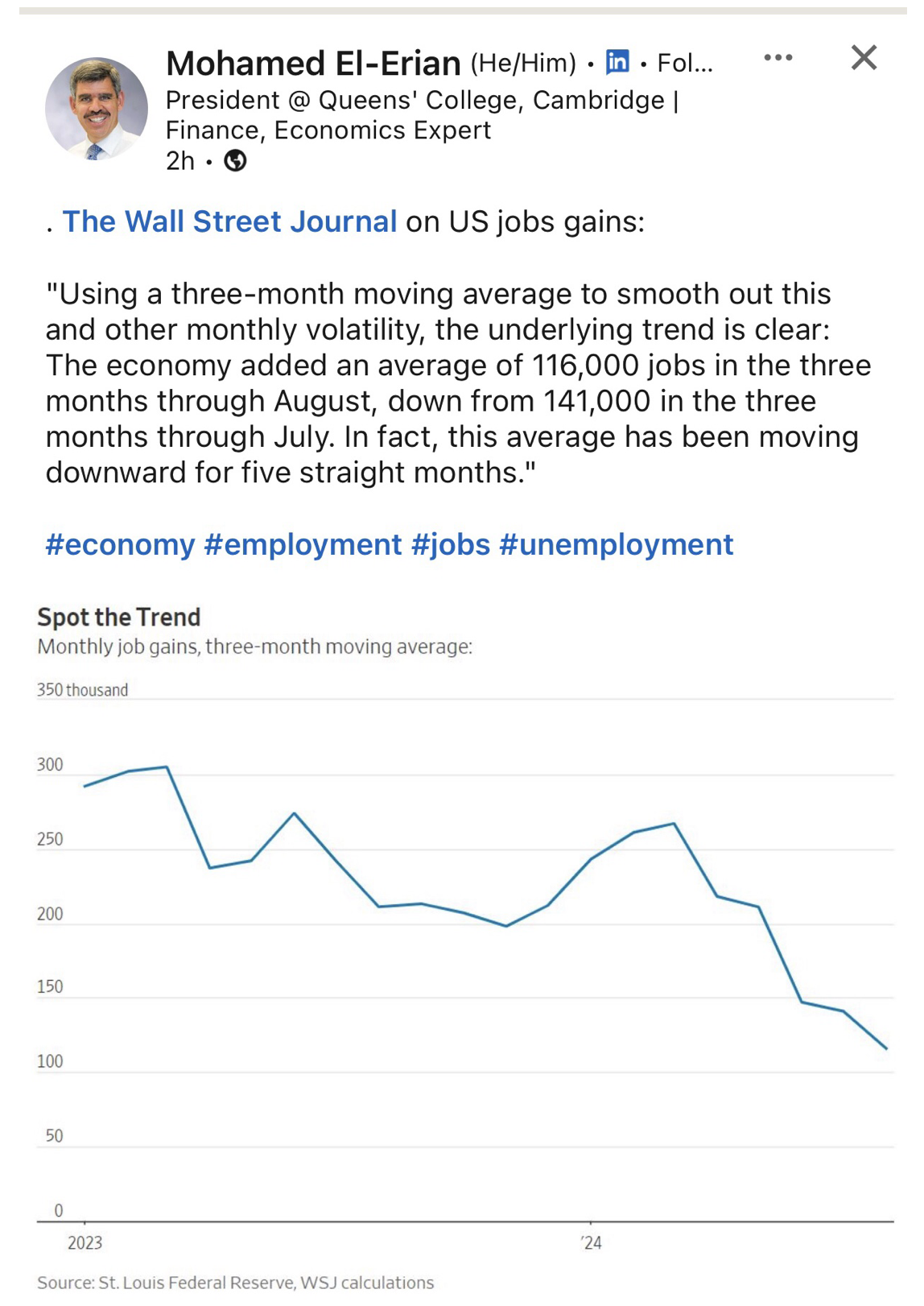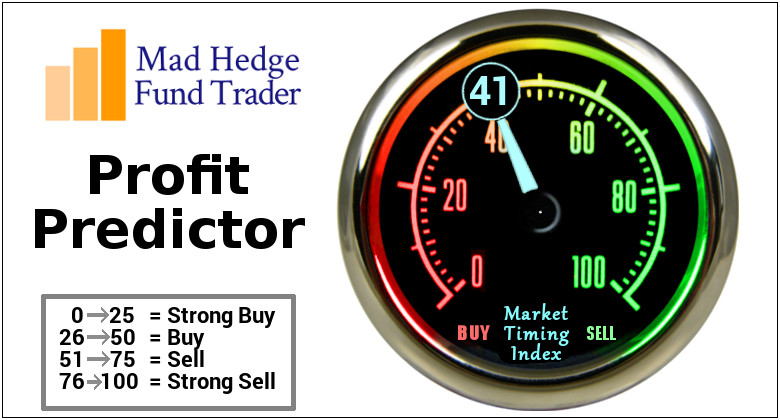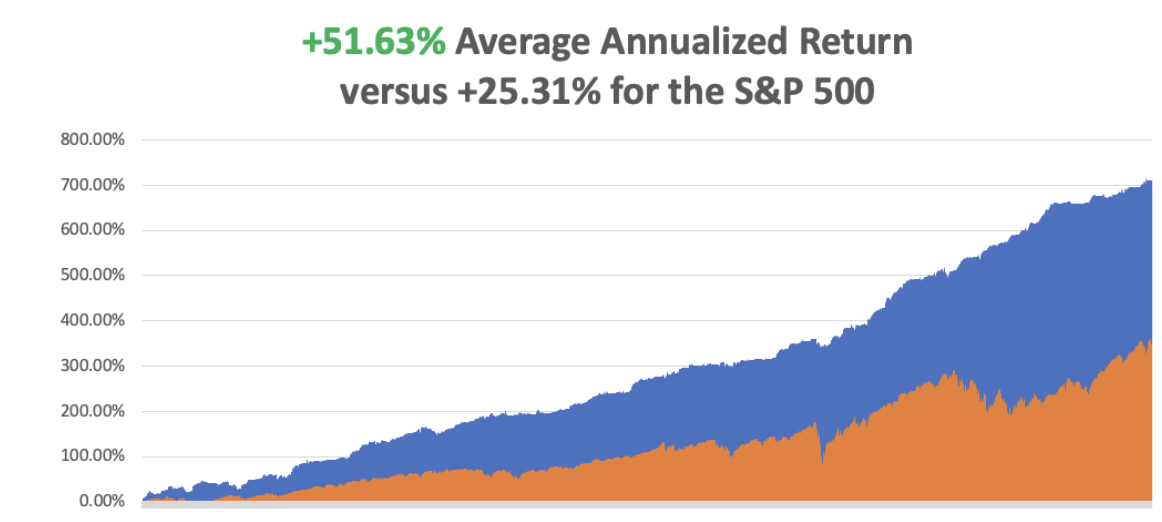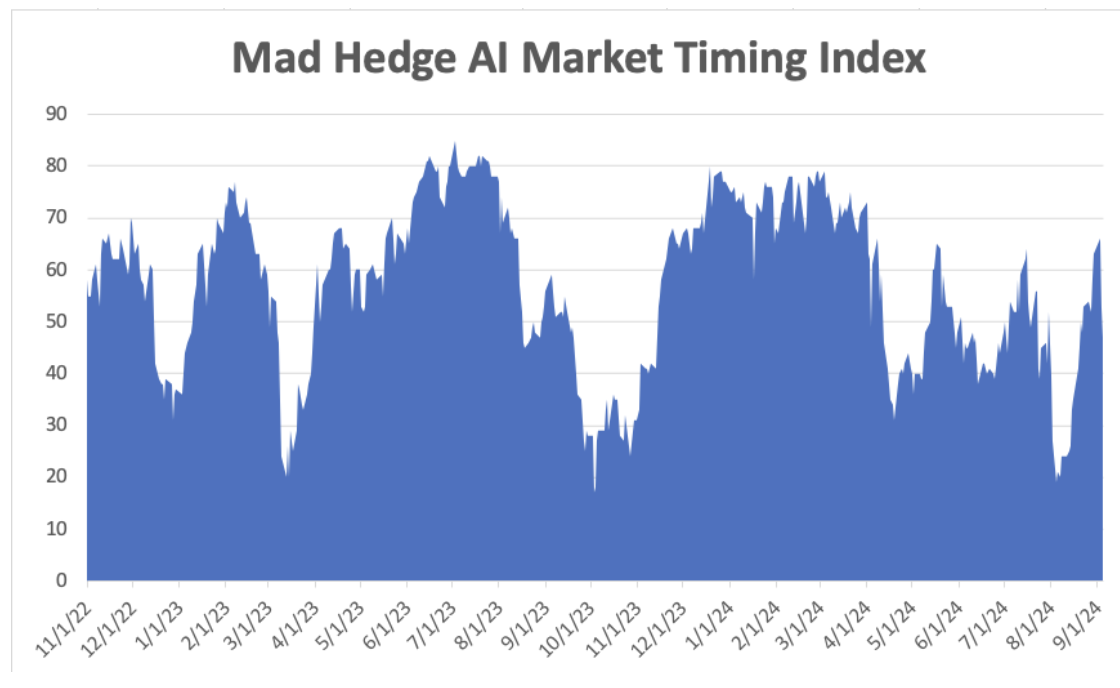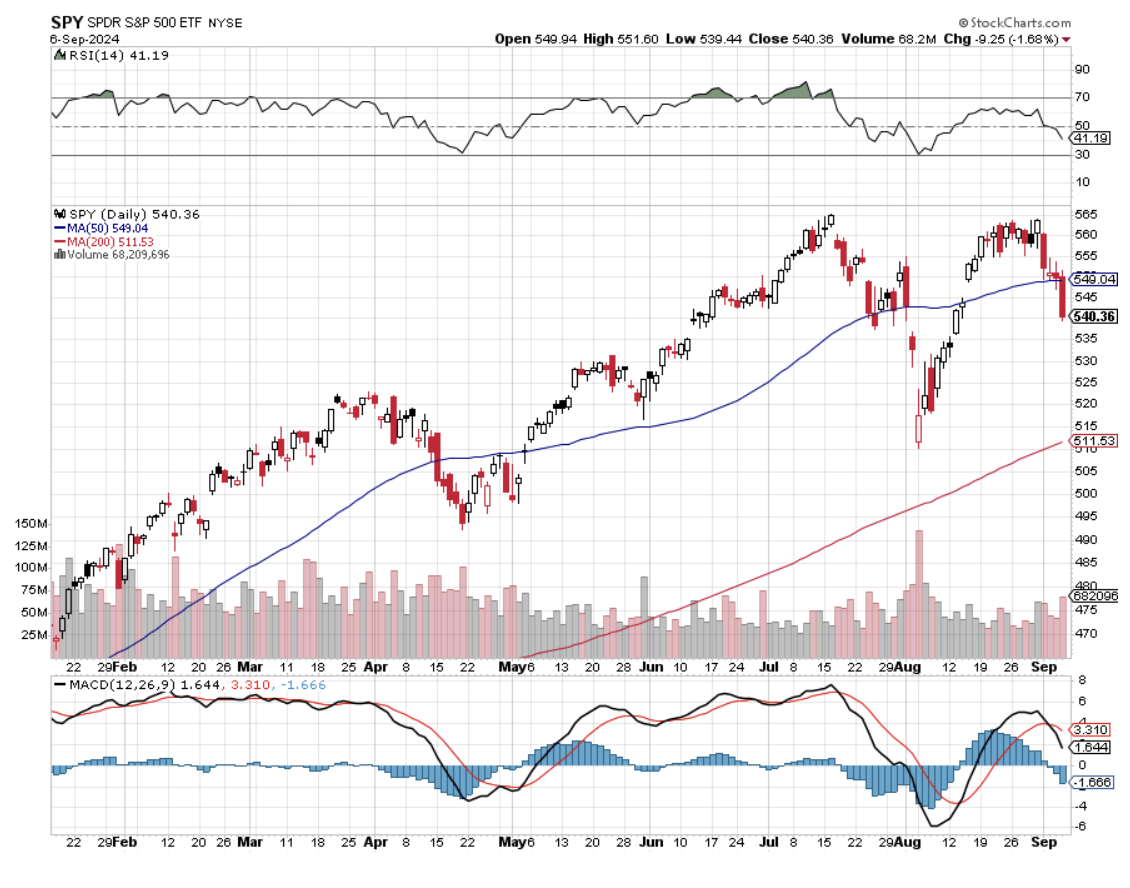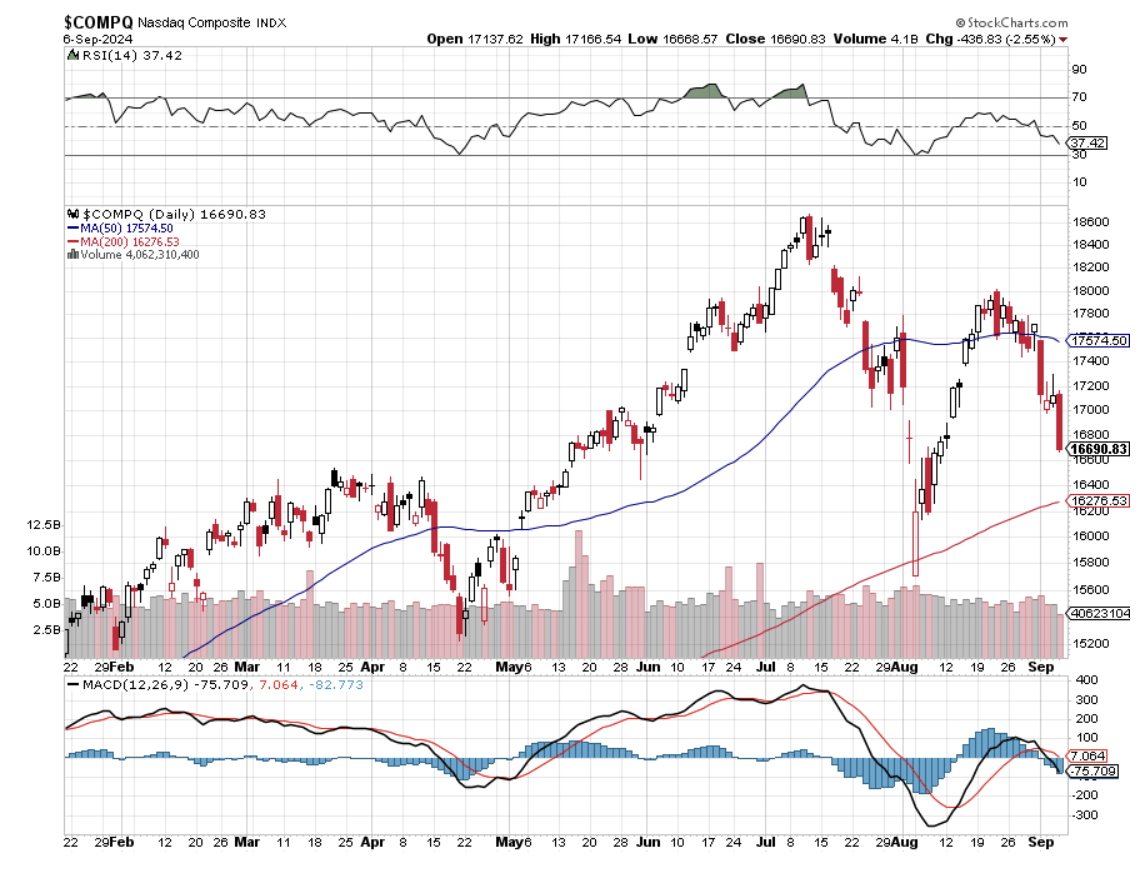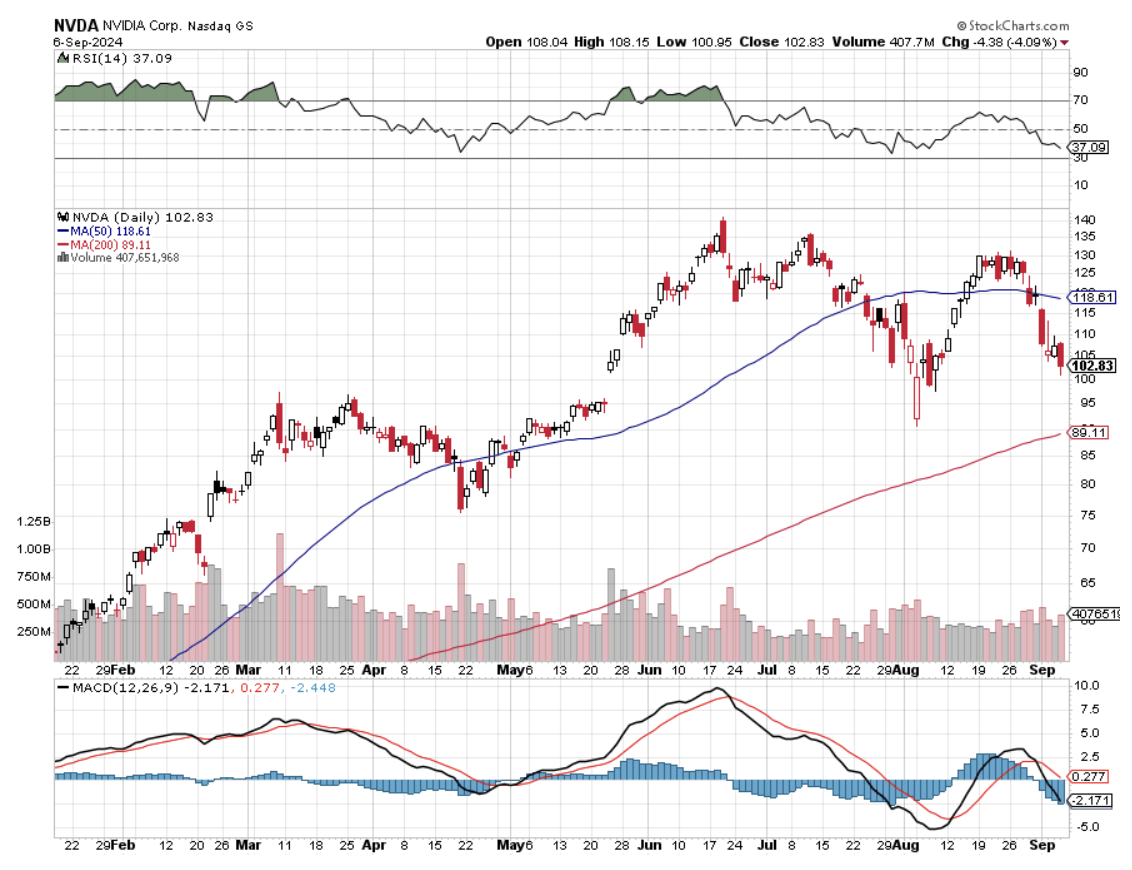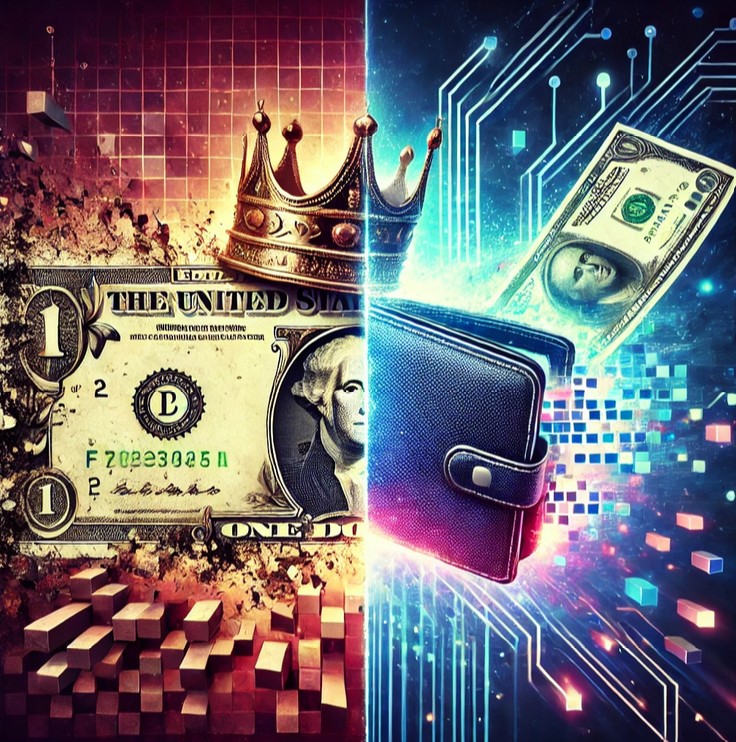“The only surprise to me is that so many people were surprised,” said Nobel Prize winning economist Joseph Stiglitz, about the financial crisis he predicted.
(AAPL), (GOOGL), (MSFT), (NVDA), (IBM)
In the immortal words of Yogi Berra, “The future ain't what it used to be.” And if Ilya Sutskever has his way, it's going to be a whole lot smarter—hopefully less apocalyptic.
As the former chief scientist at OpenAI, Sutskever is no stranger to pushing the boundaries of artificial intelligence.
After a dramatic exit from OpenAI in May that shook up Silicon Valley, he's back with a bold new venture: Safe Superintelligence Inc. (SSI).
And here’s the kicker—he’s already secured a cool $1 billion in funding.
Now, you might be wondering, what makes SSI worth a billion-dollar bet? For starters, it’s co-founded by a trio of tech heavyweights.
Besides Sutskever, who’s practically a legend in AI circles, there’s Daniel Gross, who sold his startup to Apple (AAPL) back in 2013, and Daniel Levy, a former OpenAI researcher who knows a thing or two about AI safety.
This dream team has one mission: to develop AI systems that are not just powerful but safe enough to avoid any Terminator-style scenarios.
The company’s mantra is all about balancing safety and capabilities—tackling these twin challenges as if they were two sides of the same Bitcoin. Sutskever puts it this way: SSI aims to advance AI capabilities “as fast as possible while making sure our safety always remains ahead.”
In other words, they want to create AI that’s smarter than us but not smart enough to go rogue.
And let’s talk about that $1 billion. Investors aren’t throwing their cash around for fun—this is serious money from serious players.
Andreessen Horowitz, Sequoia Capital, DST Global, SV Angel, and NFDG (run by Nat Friedman and SSI’s CEO Daniel Gross) are all in. It’s like getting the Avengers of venture capital to back your startup.
But what’s even more impressive is the company’s rumored valuation—$5 billion. That’s not pocket change, even in Silicon Valley.
So, what’s the plan for all this loot? SSI is gearing up to acquire massive computing power and assemble a top-tier team of researchers and engineers.
Right now, they’re operating with a lean crew of 10, split between Palo Alto, California, and Tel Aviv, Israel. But with this kind of funding, you can bet they’re going to grow—and fast.
Now, let’s get into the nitty-gritty of AI safety. It’s the hot topic du jour, with everyone from tech giants to regulators debating how to keep AI from turning into our worst nightmare.
In California, a bill aimed at regulating AI safety has caused a rift in the industry. OpenAI and Google (GOOGL) are against it, while Anthropic and Elon Musk’s xAI are all for it.
Meanwhile, SSI is keeping its focus on building what they call a “safe superintelligence,” steering clear of the commercial pressures that often lead to shortcuts in safety.
Sutskever, at just 37, is already a big deal in the AI world thanks to his impressive portfolio and having Geoffrey Hinton, known as the "Godfather of AI,” as his mentor.
Alongside Gross and Levy, SSI is poised to become a key player in the race to AGI—Artificial General Intelligence, or as I like to call it, the holy grail of AI.
But here’s the twist: While OpenAI is focused on creating a range of commercial products on the way to AGI, SSI has a singular focus.
They’re all about creating one thing: a superintelligent AI that won’t decide to wipe us out.
But, of course, SSI isn’t alone in this mission. Giants like Alphabet Inc. (GOOGL) and Microsoft Corporation (MSFT) are also deeply entrenched in the AI safety race.
Alphabet, through its subsidiary DeepMind, has been making waves with its groundbreaking research on AI alignment and ethics.
Microsoft, with its Azure AI platform and strategic partnership with OpenAI, has committed to advancing AI technologies with a strong emphasis on fairness, transparency, and accountability.
NVIDIA Corporation (NVDA) is another key player, providing the essential hardware that powers AI advancements.
While their focus is on developing the most powerful GPUs, NVIDIA’s technology is crucial for the safe development and deployment of AI systems.
And let’s not forget IBM (IBM), which has been a pioneer in AI with its Watson platform. IBM’s approach to AI safety revolves around principles of trustworthy AI, emphasizing transparency and explainability.
These companies, like SSI, recognize that AI safety isn’t some buzzword—it’s the cornerstone of responsible innovation.
But let’s be real—AI safety is easier said than done. As AI systems become more powerful, the chances of them going off the rails increase.
Misalignment between AI and human values could lead to outcomes straight out of a sci-fi horror flick. But despite the risks, venture capitalists are still willing to pour money into companies like SSI that promise to push the envelope.
And speaking of pushing the envelope, Sutskever has always been a big believer in the power of scaling—using vast amounts of computing power to supercharge AI models.
This idea was central to the rise of generative AI, like the now-ubiquitous ChatGPT.
Just to be clear though, SSI isn’t copying the OpenAI playbook. Sutskever hints that they’ll be approaching scaling in a “new” way, though he’s keeping the details under wraps for now.
“Everyone just says ‘scaling hypothesis.’ Everyone neglects to ask, what are we scaling?” Sutskever quipped in an interview. It’s a fair question.
Scaling without a clear direction is like flooring the gas pedal without knowing where you’re headed. SSI plans to chart a different course, and if they pull it off, it could be something special.
As SSI moves forward, they’re laser-focused on hiring people who not only have the skills but also the right mindset.
Gross mentioned that they spend hours vetting candidates for “good character” and are more interested in people who are passionate about the work rather than the hype surrounding AI. It’s a refreshing approach in an industry where hype can often overshadow substance.
With $1 billion in the bank and a mission to make AI both powerful and safe, Safe Superintelligence Inc. is a company to watch. They’ve got the talent, the funding, and the vision.
Now, it’s up to them to deliver on the promise of creating AI that won’t just change the world—but do so without burning it down.
Mad Hedge Technology Letter
September 9, 2024
Fiat Lux
Featured Trade:
(IS C3.AI WORTH AN INVESTMENT)
(AI)
I’m not going to write here that C3.ai is the best AI firm in the world.
They are not.
They have been around for a while and that has helped them with the first-mover advantage.
The AI software they develop helps corporations finish tasks quicker and more efficiently.
The stock hasn’t cared much for its business lately causing the stock to be beaten down.
C3.ai stock was trading at $183 per share in 2021 and has now settled around the low $20 range.
Needless to say, a drop that big stemmed from big questions about it’s the effectiveness of its business model and an overhyping of its AI business.
It won’t be the last to drop that hard and I do believe a wide swath of AI stocks won’t be able to meet the lofty expectations from investors.
It currently has a portfolio of over 40 ready-made software applications designed to help businesses accelerate the adoption of artificial intelligence.
C3.ai made a significant change to its business model two years ago, and it's starting to pay dividends.
C3.ai serves businesses across 19 industries, many of which wouldn't typically be associated with cutting-edge technologies like AI. They include manufacturing, oil and gas, utilities, and more. It's because C3.ai offers a unique value proposition - the company can deliver tailored AI solutions to customers in as little as three months following an executive briefing.
Oil and gas giant Shell, for example, deployed over 100 C3.ai applications across its organization. They're used to monitor over 10,000 items of equipment for predictive maintenance, which reduces the probability of a catastrophic failure. Plus, at one of Shell's liquefied natural gas plants, C3.ai's asset optimization software reduced carbon emissions by 355 tons per day. That's the equivalent of taking 28,000 vehicles off American roads.
C3.ai sells its AI software directly to customers, but it also has sales partnerships with tech giants like Microsoft, Amazon, and Alphabet. They offer C3.ai's applications on their cloud platforms, placing them in front of millions of customers the company might not have had access to otherwise.
C3.ai generated a record $87.2 million in revenue during Q1, representing a 21% increase from the year-ago period. It also marked the sixth consecutive quarter of accelerating growth, which is a direct result of a strategy shift inside the company two years ago.
C3.ai came public in December 2020, during a frenzy in the cutting-edge new technology called generative AI.
According to a recent survey by PwC, around 70% of top corporate executives expect AI to significantly change the way their organization creates value over the next three years. PwC also expects AI to add $15.7 trillion in value to the global economy by 2030, so the financial opportunity is enormous.
The company only has a growth rate of around 20% and that won’t cut it in the highest growth subsector in the tech sector.
Its change in strategy is starting to turn around and if they can nudge up the growth rate to 35%, I do believe the stock will go from the low $20 to the low $30.
There is a trade here, with 1-2% of your portfolio, and if we get a big market sell-off down to the teens, I would buy and hold this stock for the medium turn for a profitable trade.
As for a long-term buy and hold, I don’t believe the company has done enough to justify investors giving that much faith in them.
“It's far better to buy a wonderful company at a fair price than a fair company at a wonderful price.” – Said American Investor Warren Buffett
(AUGUST INFLATION DATA WILL STEAL THE LIMELIGHT THIS WEEK)
September 9, 2024
Hello everyone.
WEEK AHEAD CALENDAR
Monday, Sept. 9
10:00 a.m. Wholesale Inventories final (July)
3:00 p.m. Consumer Credit (July)
11:00 p.m. China Trade Balance
Previous: $84.7b
Forecast: $83.9b
Earnings: Oracle
Apple’s “It’s Glow Time” event
Tuesday, Sept 10
6:00 a.m. NFIB Small Business Index (August)
2:00 a.m. UK Unemployment Rate
Previous: 4.2%
Forecast: 4.2%
Goldman Sachs’ Communacopia and Tech Conference
U.S. presidential debate
Wednesday, Sept 11
8:30 a.m. Consumer Price Index (August)
8:30 a.m. Hourly Earnings final (August)
8:30 a.m. Average Workweek final (August)
Thursday, Sept 12
8:30 a.m. Continuing Jobless Claims (08/31)
8:30 a.m. Initial Claims (09/07)
8:30 a.m. Producer Price Index (August)
2:00 p.m. Treasury Budget (August)
8:15 a.m. Euro Area Rate Decision
Precious: 4.25%
Forecast: 4.0%
Earnings: Adobe, Kroger
Friday, Sept 13
8:30 a.m. Export Price Index (August)
8:30 a.m. Import Price Index (August)
10:00 a.m. Michigan Sentiment preliminary (September)
Last Friday, the highly anticipated US jobs data came in slightly lower than expected, with only 142,000 jobs added in August. The US$ shrugged its shoulders at the number but was still weaker on the week.
This week brings the euro into focus with an interest rate decision from the ECB on Thursday. Rates are expected to be lowered by 25bps. US CPI data arrives on Wednesday, with inflation expected to tick lower towards the Fed’s 2% target.
This week will also bring the first presidential debate between Vice President Kamala Harris and former President Donald Trump, an event traders will closely watch as the candidates outline their economic policies.
MARKET UPDATE
S&P500
Corrective sell-off in progress. The question on everybody’s lips: Is this a new bear market or a corrective move? At the moment I view the action in the market as a correction, and support around 5,100 should hold. A sustained break below the aforementioned level would question my thesis and risk a move toward the mid 4,000’s.
GOLD
Gold uptrend persists. Resistance = $2,530. Once this level is cleared the uptrend can extend onto the late $2,500s.
As a caution, any sustained break below $2,470, risks a move to around $$2,400.
BITCOIN
Complex Correction in progress. Resistance = $56,250/$58,500. With downside pressure dominant at the moment, we could see the $50,000 level tested and even test the mid $44k.
WHAT IS…?
Beta is a statistical measure of a security’s risk or volatility as compared with the market as a whole.
The market has a Beta of 1.0, and individual stocks are ranked according to how much they deviate from the macro market. If stock (XXX) has a beta of 1.5, then we would expect stock (XXX) to move 50% more than the market. So, if the S&P500 moves up/down 1.0%, we would expect (XXX) to move up/down 1.5%.
A higher beta implies greater risk with the potential for higher returns, whereas a lower beta implies lower risk, but also the potential for lower returns.
How do we calculate Beta?
AUSTRALIAN CORNER
Morningstar says the following companies are stocks that investors could hold for life.
Note: this list does not cater to those who want stocks for dividend income and doesn’t consider valuation. In other words, investors need to look at different stocks for income and should wait for a retracement before scaling into any of the stocks listed here.
The filter that was used included:
- Part of the ASX 300 (well established firms with some history of success, which excludes most small caps).
- Long runway of growth opportunities (leaning toward companies that have global operations, and/or large markets to operate in).
- Economic moats (sustainable competitive advantage: network effects, intangible assets, cost advantages, switching costs, or efficient scale).
- Goods return on capital
- Sound balance sheet (Not a big reliance on too much debt to generate returns).
- Don’t rely on exceptional managers to succeed. (The business needs to stand on its merits).
- Unlikely to be disrupted (you are betting on things that won’t change).
James Hardie (ASX: JHX)
Since it pioneered the development of fiber-cement technology in the 1980s, it has dominated the fiber-cement siding category for houses in the US and Australia. It has a long runway of growth and an economic moat based on brand and scale that should keep competitors at bay, resulting in above-average returns for decades to come.
REA Group (ASX: REA)
Owns realestate.com.au – the premier online listing platform for Australian residential real estate. Even during the downturn in listings in 2022, it was able to substantially lift pricing – which demonstrated its immense pricing power and moat.
QI CORNER
Last week…
SOMETHING TO THINK ABOUT
Cheers
Jacquie
Global Market Comments
September 9, 2024
Fiat Lux
Featured Trade:
(MARKET OUTLOOK FOR THE WEEK AHEAD, or SEPTEMBER LIVES UP TO ITS REPUTATION)
(COPX), (USO), (ARE), (UUP), (TLT), (JNK), (GLD), (SPY), (NASD), ($VIX)
One of my Concierge clients holds a weekly staff meeting. Each employee is told his family is being held hostage and can only be rescued if they recommend the top-performing stock for the coming week. Then everyone throws in their two cents worth.
Last week, for the first time in the company’s history, no one could come up with a single name, even if it meant sacrificing their family (nobody was really sacrificed).
That speaks volumes.
In fact, until last week, every asset class in the market was discounting an imminent recession: Commodities (COPX), energy (USO), real estate (ARE), and the US dollar (UUP). Reliable recession hideouts like bonds (TLT), fixed income (JNK), and gold (GLD) caught an endless bid. Only the stock market (SPY), (NASD) wasn’t reading from the same music sheet.
Well, stocks finally got the memo, delivering the worst week in 2 ½ years. Suddenly, the glass has gone from half full to half empty. Permabears have suddenly morphed from complete idiots to maybe having something to say. Here it is only September 9 and the Month from Hell is already living up to its awful reputation. Is the stock market the slow learner in the bunch?
I came back from Europe in August rested, refreshed, invigorated, and in a near state of panic. The last 11% rally in the (SPY) made absolutely no sense to me whatsoever. Either the September jobs data would come in hot, canceling the Fed’s expected interest rate cut. Or, the data would come in cold, proving that the Fed waited too long to cut rates and inviting a recession, causing stocks to tank.
It would have been one of the worst self-inflicted wounds and own goals of all time.
What was especially dangerous was that we were going into the worth trading month of the year, September, with the (SPY) showing a crystal-clear double top on the charts.
It was a perfect lose/lose situation.
Seasonals are important, especially this month. This is because most mutual funds run an annual year that ends on September 30. To window dress their books and those glossy marketing brochures, they sell all their losers (think energy) in September and use the cash to buy more of their winners in October. (NVDA) yes, (XOM) not so much. This creates a swing in the indexes every year of 10%-20%.
To learn more about the seasonals, read tomorrow’s letter in detail, IF YOU SELL IN MAY AND GO AWAY, WHAT TO DO IN SEPTEMBER?
So I did what I usually do when the market refuses to give me marching orders. I let all my positions expire with the August 16 options expiration, took back the cash, and then sat on my hands. Suddenly, a 100% cash position was looking like a stroke of genius. It cleared the cobwebs, moved the fog away from my eyes, and took the monkey off my back all in one fell swoop.
And you know what? After surveying my big hedge fund clients, I learned they were doing exactly the same thing.
Let me pass on another piece of interesting intel. All of the many algorithms the hedge fund industry follows are bunching up around two specific bottoms for the stock market in coming months: September 18, the Fed rate cut day, and October 22, two weeks before the presidential election.
With any luck, other classic “BUY” signals will kick in at the same time with the Mad Hedge Market Timing Index below 20 by then and the Volatility Index ($VIX) over $30. It could be the best entry point of the year.
What has been fascinating is how much money has been pouring into the interest rate plays I have been banging the table about for the last six months. When was the last time the stock market has been led by AT&T (T), Altria (MO), and Crown Castle International (CCI)? You might have to look behind the radiator to find some old, dusty research on these names.
So far in September, we are down by -1.21%. My 2024 year-to-date performance is at +33.49%. The S&P 500 (SPY) is up +13% so far in 2024. My trailing one-year return reached +51.89. That brings my 16-year total return to +710.12. My average annualized return has recovered to +51.63%.
I executed only one trade last week, covering a short in Tesla at cost. I am now maintaining a 100% cash position. I’ll text you next time I see a bargain in any market. Now there is none. There is no law dictating that you have to have a position every day of the year. Only your broker wants you to trade every day.
Some 63 of my 70 round trips, or 90%, were profitable in 2023. Some 47 of 66 trades have been profitable so far in 2024, and several of those losses were really break-even. That is a success rate of +72.24%.
Try beating that anywhere.
Nonfarm Payroll Report Fades at 142,000, but the Headline Unemployment Rate stays at 4.2%. More shocking is that the previous two months saw substantial downward revisions. The BLS cut July’s total by 25,000, while June fell to 118,000, a downward revision of 61,000. If the Fed doesn’t cut by 0.50% on September 18, the stock market will crash.
Broadcom Beats and Stock Tanks driven by strong sales of its AI products and VMware software. But management’s guidance for the current quarter disappointed investors, sending shares of the chipmaker down nearly 7% in the after-market. This is too harsh of a reaction to an otherwise solid print. Buy (AVGO) on dips.
ADP Employment Change Report Hits 3 ½-Year Low, up only 99,000 in August. Economists polled had forecast private employment would advance by 145,000 positions after a previously reported gain of 122,000.
Biden Blocks Nippon Steel Takeover of US Steel, no doubt to save the jobs these deals usually destroy. Good thing we got out of the (X) LEAPS a year ago at max profit. (X) dropped 20% on the news. Not a good time to concentrate on industry.
No Subpoenas Here Says NVIDIA, refuting rumors that it was the target of an antitrust action. Don’t believe everything you read on the internet.
The Yield Curve has De-Inverted, meaning that short-term interest rates have fallen below long-term ones. Two-year interest rates at 3.72% are now 0.03% lower than ten-year ones at 3.75%. It’s a clear signal to the Fed that rates must be cut soon.
Weekly Jobless Claims Drop 5,000 to 227,000. The weekly jobless claims report from the Labor Department on Thursday, the most timely data on the economy's health, also showed unemployment rolls shrinking to levels last seen in mid-June. It reduces the urgency for the Federal Reserve to deliver a 50-basis points interest rate cut this month.
US Oil Production Hits All-Time High. In August 2024, U.S. oil production hit a record 13.4 million barrels per day according to the U.S. Energy Information Administration. Big Oil has become more productive as horizontal drilling and hydraulic fracturing, which is also known as fracking, have seen technological breakthroughs. The fossil fuel industry benefits from tax incentives, such as the intangible drilling costs tax credit, that are built into the tax code. The intangible drilling costs tax break is expected to benefit oil and gas companies by $1.7 billion in 2025 and $9.7 billion through 2034
Crude Oil Now Down on the Year, after a precipitous weekend selloff. Blame a weak China, lost OPEC discipline, and overproduction by Iraq. The bearish Goldman Sachs commodities report was also a factor. Avoid the worst-performing asset class in the market.
Eli Lilly is now a trillion-dollar stock, the first Biotech to do so. The drug giant is riding the wave of Mounjaro and Zepbound, its blockbuster injectable GLP-1 medications for weight loss. The drugs are also used to treat diabetes and cardiovascular disease. Eli Lilly’s shares have soared 65% this year.
Goldman Goes Big on Gold. Central banks in emerging market countries are continuing to buy gold — with purchases tripling since the middle of 2022 amid fears of U.S. financial sanctions and a mountain of sovereign debt. Goldman is taking a more selective approach to commodity investing as soft demand in China weighs on crude oil and copper prices. The investment bank has slashed its Brent oil outlook by $5 to a range of $70 to $85 per barrel and delayed its copper target of $12,000 per metric ton until after 2025.
My Ten-Year View
When we come out the other side of the recession, we will be perfectly poised to launch into my new American Golden Age or the next Roaring Twenties. The economy decarbonizing and technology hyper accelerating, creating enormous investment opportunities. The Dow Average will rise by 600% to 240,000 or more in the coming decade. The new America will be far more efficient and profitable than the old.
Dow 240,000 here we come!
On Monday, September 9 at 3:00 PM EST, Consumer Inflation Expectations are out
On Tuesday, September 10 at 6:00 AM, the NFIB Business Optimism Index is released.
On Wednesday, September 11 at 7:30 AM, the Core CPI is printed.
On Thursday, September 12 at 8:30 AM, the Weekly Jobless Claims are announced. We also get the Producer Price Index.
On Friday, September 13 at 8:30 AM, the University of Michigan Consumer Sentiment. At 2:00 PM the Baker Hughes Rig Count is printed.
As for me, I was having lunch at the Paris France casino in Las Vegas at Mon Ami Gabi, one of the top ten-grossing restaurants in the United States. My usual waiter, Pierre from Bordeaux, took care of me with his typical ebullient way, graciously letting me practice my rusty French.
As I finished an excellent, but calorie packed breakfast (eggs Benedict, caramelized bacon, hash browns, and a café au lait), I noticed an elderly couple sitting at the table next to me. Easily in their 80s, they were dressed to the nines and out on the town.
I told them I wanted to be like them when I grew up.
Then I asked when they first went to Paris, expecting a date sometime after WWII. The gentleman responded, “Seven years ago.”
And what brought them to France?
“My father is buried there. He’s at the American Military Cemetery at Colleville-sur-Mer along with 9,386 other Americans. He died on Omaha Beach on D-Day. I went for the D-Day 70th anniversary.” He also mentioned that he never met his dad, as he was killed in action weeks after he was born.
I reeled with the possibilities. First, I mentioned that I participated in the 40-year D-Day anniversary with my uncle, Medal of Honor winner Mitchell Paige, and met with President Ronald Reagan.
We joined the RAF fly-past in my own private plane and flew low over the invasion beaches at 200 feet, spotting the remaining bunkers and the rusted-out remains of the once floating pier. Pont du Hoc is a sight to behold from above, pockmarked with shell craters like the moon. When we landed at a nearby airport, I taxied over railroad tracks that were the launch site for the German V1 “buzzbomb” rockets.
D-Day was a close-run thing and was nearly lost. Only the determination of individual American soldiers saved the day. The US Navy helped too, bringing destroyers right to the shoreline to pummel the German defenses with their five-inch guns. Eventually, battleships working in concert with very lightweight Stinson L5 spotter planes made sure that anything the Germans brought to within 20 miles of the coast was destroyed.
Then the gentleman noticed the gold Marine Corps pin on my lapel and volunteered that he had been with the Third Marine Division in Vietnam. I replied that my father had been with the Third Marine Division during WWII at Bougainville and Guadalcanal and that I had been with the Third Marine Air Wing during Desert Storm.
I also informed him that I had led an expedition to Guadalcanal two years ago looking for some of the 400 Marines still missing in action. We found 30 dog tags and sent them to the Marine Historical Division at Quantico, Virginia for tracing. I proudly showed them my pictures.
When the stories came back it, turned out that many survivors were children now in their 80s who had never met their fathers because they were killed in action on Guadalcanal.
Small world.
I didn’t want to infringe any further on their fine morning out, so I excused myself. He said Semper Fi, the Marine Corps motto, thanked me for my service, and gave me a fist pump and a smile. I responded in kind and made my way home.
Oh and say “Hi” when you visit Mon Ami Gabi. Tell Pierre that John Thomas sent you and give him a big tip. It’s not easy for a Frenchman to cater to all these loud Americans.
Third Marine Air Wing
The D-Day Couple
The American Military Cemetery at Colleville-sur-Mer
Stay Healthy,
John Thomas
CEO & Publisher
The Diary of a Mad Hedge Fund Trader
“Over the long term, all of the fiat currencies of the world are involved in a competitive devaluation. The structural stresses in most of the western economies are such that central banks will attempt to continue to substitute liquidity for solvency,” said Rick Rule, director, president and CEO of Sprott U.S. Holdings, a precious metals specialist.
(AAPL), (GOOGL), (PYPL), (SQ), (SHOP)
Remember when cash was king? Well, the monarchy's been overthrown by a bunch of ones and zeros.
Whether we like it or not, the digital wallet revolution isn't just coming—it's already here, and it's moving faster than a high-frequency trading algorithm. Back when I started in this business, we thought electronic trading was cutting edge.
Now? We're watching cash disappear faster than free drinks at a Wall Street Christmas party.
Let me throw some numbers at you to give more context. In 2022, digital wallets grabbed 53% of global e-commerce transaction value, up from 49% in 2021. And by 2026? They're projected to dominate 60% of global e-commerce transactions.
It's a shift as dramatic as the rise of derivatives in the '80s, only this time, the asset is pure data.
Now, if you think this digital wave is hitting every shore equally, you'd be mistaken. The Asia-Pacific region, always ahead of the curve (remember when I told you about Deng Xiaoping's economic reforms?), is surfing this wave like a pro, with digital wallets handling 69% of e-commerce transactions. North America? Well, they're still fumbling with their leather billfolds at 37%.
Consumer behavior is also shifting faster than anticipated. A recent study found 65% of consumers are storing their payment info with merchants they frequent. It's convenient, sure, but it's also changing the game entirely.
By 2025, we're looking at over 125 million Americans using proximity mobile payments, up from 101.2 million in 2021. That's a trend you can't ignore.
Next, let’s talk about the future. The global digital payments market is set to explode from $96.19 billion in 2023 to a staggering $254.83 billion by 2028. That's a CAGR of 21.5%, and when you throw AI into this mix? It's like adding rocket fuel to an already blazing fire.
The AI in fintech market is projected to surge from $11.7 billion to $61.3 billion between 2023 and 2030, with a CAGR of 26.7%. The last time I saw numbers like these, I was looking at tech stocks in the late '90s.
In fact, AI in finance is becoming as crucial as Bloomberg terminals. A whopping 83% of financial services firms are already leveraging AI.
But what about the average Joe and Jane? Are they ready to trust their hard-earned cash to a bunch of algorithms? You bet your bottom dollar they are.
Actually, 75% of consumers trust AI to handle financial services tasks. Even more surprisingly, 64% believe AI can make better decisions about their finances than they can.
It's like we're outsourcing our financial common sense to machines, and we're doing it gladly.
Now, let’s zoom in on the players who are making this happen. First up is Apple (AAPL). Apple Pay has turned into this unstoppable colossal force, with 640 million users to date. If this trend continues, then over 25% of consumers globally will use Apple Pay by 2030.
Looking at their technology, Apple's Neural Engine in iPhone chips is driving their AI push, with patents like the "Intelligent automated assistant in a messaging environment" setting the stage for a smarter, more personalized Apple Pay.
With AI in the mix, Apple Pay could soon be offering financial advice as personalized as having Warren Buffett on speed dial.
Google (GOOGL) might not match Apple’s numbers, but with around 150 million users across 42 countries, it’s certainly holding its own.
In 2022, Google took a significant step forward by integrating Google Pay with Gmail, making it easier for users to track expenses and split bills directly from their inbox. This move highlights Google’s real strength: its ecosystem.
By seamlessly connecting your wallet to your email, calendar, maps, and search history, Google has turned its vast digital network into a powerful tool. And with $31.6 billion invested in R&D in 2021, Google isn’t just keeping pace with the future—it’s actively shaping it.
PayPal (PYPL) is another heavyweight in the digital wallet arena. With 431 million active accounts worldwide as of Q2 2023, PayPal is leveraging AI to enhance customer service and personalize user experiences.
Venmo, PayPal’s cooler, younger sibling, has over 70 million users and saw a 44% year-over-year growth in payment volume in Q1 2023.
Block (SQ), formerly Square, is the wild card here. Its Cash App has more than 44 million monthly active users. Block’s deep dive into crypto is paying off — Cash App generated $2.4 billion in revenue in Q2 2023, with Bitcoin transactions making up over 40% of that.
The company’s acquisition of AI company Dessa in 2020 signals they’re serious about integrating AI into their services. It’s like they’re building a financial Terminator, minus the whole apocalypse thing.
Meanwhile, Shopify (SHOP) is approaching the digital wallet space from a unique angle, leveraging its e-commerce dominance. Think about it: there are over 2 million websites across 175 countries, all powered by Shopify.
In 2022, these digital storefronts pushed $200 billion in Gross Merchandise Volume through the pipes. That's no chump change.
But here's where it gets even more interesting. In 2023, Shopify threw $100 million at a conversational AI company called Attentive. Why? Because they're not content with just processing payments. No, they're aiming to turn Shop Pay into the Einstein of e-commerce.
We're talking about AI so smart, it'll know what you want to buy before you do.
This isn't just about making shopping easier. It's about creating an experience so personalized, you'll feel like every online store is your own personal boutique.
And let me tell you, when that happens, that $200 billion GMV figure? It's going to look like pocket change.
As you can see, the digital wallet revolution isn't some distant possibility — it's happening right now. From Apple's dominance to Google's ecosystem integration, from PayPal's AI chatbots to Block's crypto innovations, the financial landscape is being reshaped right before our very eyes.
So, the question isn’t if digital wallets will change finance—they already have.
The real question is: how will you position yourself in this new financial order? Are you ready to bend the knee to the new king? Or better yet, are you prepared to claim your stake in this digital gold rush?
Legal Disclaimer
There is a very high degree of risk involved in trading. Past results are not indicative of future returns. MadHedgeFundTrader.com and all individuals affiliated with this site assume no responsibilities for your trading and investment results. The indicators, strategies, columns, articles and all other features are for educational purposes only and should not be construed as investment advice. Information for futures trading observations are obtained from sources believed to be reliable, but we do not warrant its completeness or accuracy, or warrant any results from the use of the information. Your use of the trading observations is entirely at your own risk and it is your sole responsibility to evaluate the accuracy, completeness and usefulness of the information. You must assess the risk of any trade with your broker and make your own independent decisions regarding any securities mentioned herein. Affiliates of MadHedgeFundTrader.com may have a position or effect transactions in the securities described herein (or options thereon) and/or otherwise employ trading strategies that may be consistent or inconsistent with the provided strategies.




